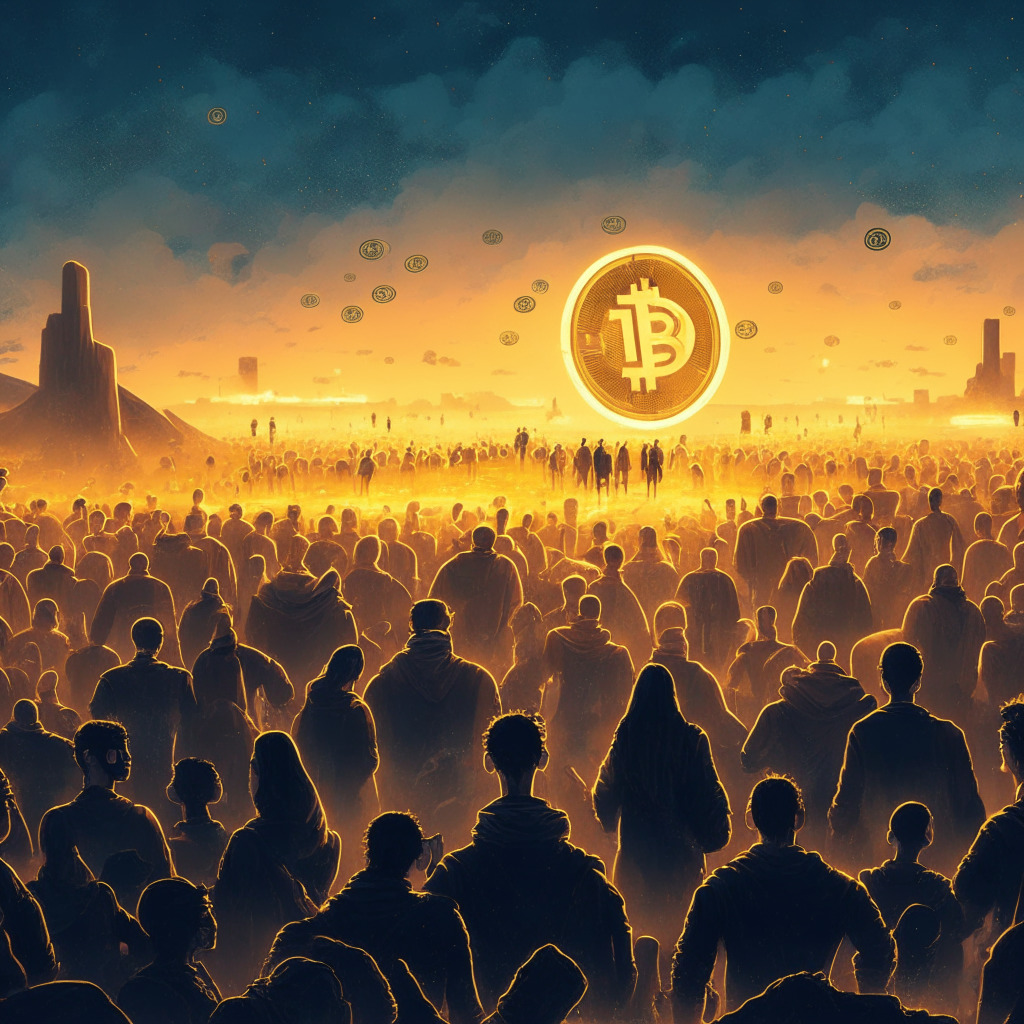Stablecoin issuer Circle has introduced a new version of its euro-backed stablecoin, EURC, now available on the Stellar network. Until this launch, EURC was exclusively available on Ethereum and Avalanche networks.
Stablecoins are digital tokens pegged to fiat currencies and have become key components of the Web3 ecosystem. This innovation provides users with the ability to send payments, borrow currency, lend it out for earning interest, and carry out other fiat-currency related actions via the blockchain networks. The vast majority of these stablecoins, such as USD Coin (USDC) and Tether (USDT), are backed by the U.S. dollar.
As a part of the endeavor to help overcome this limitation, Circle introduced EUROC, a stablecoin backed by the euro, on Ethereum. As stated in research published by the Bank of International Settlements, the euro stands as the second most traded fiat currency worldwide, currently serving as the primary currency for twenty European nations. On May 25, Circle released a native version of EUROC on Avalanche and renamed it EURC on September 23.
Now the availability of EURC on Stellar implies that Eurozone residents can have more choices to handle business via the blockchain in their local currency. The integration of crypto payment provider Ripio into this new variant of EURC has enabled its users in Spain to deposit and withdraw EURC utilizing the Stellar network.
These developments reflect Circle’s continuous efforts to promote Eurozone residents’ engagement with the blockchain. Yet, more widespread adoption may require additional measures. Converting blockchain transactions into local currencies remains complicated, and the dominance of USD-backed stablecoins doesn’t help make transactions straightforward for Europeans looking to transact in their native currency.
Such developments can indeed provide exciting new possibilities for blockchain users. However, they also highlight the challenges faced by the blockchain community in integrating the technology into daily life and traditional financial systems. For a technology acclaimed for its universal applicability, this underlines the ground still to be covered.
Source: Cointelegraph




